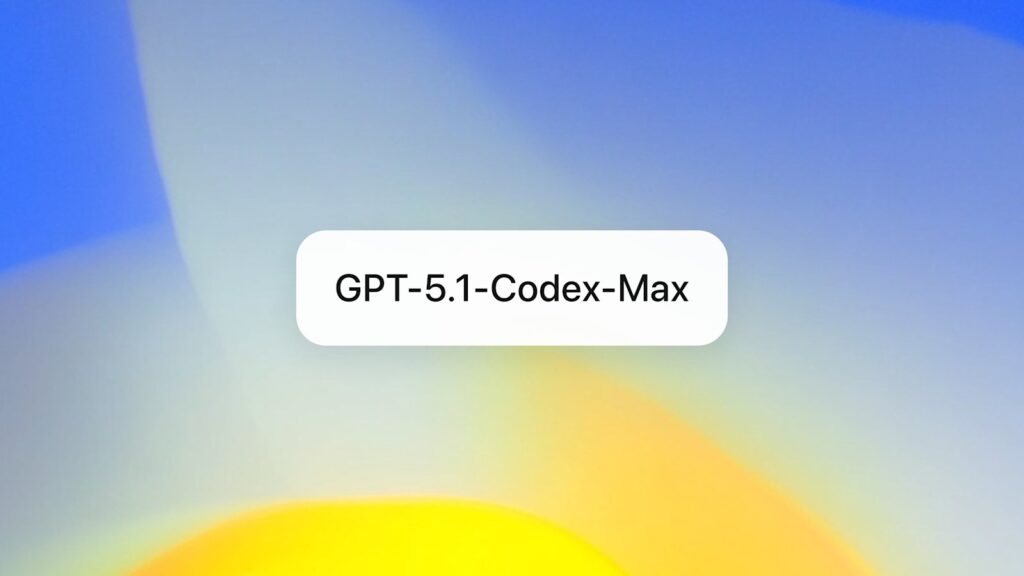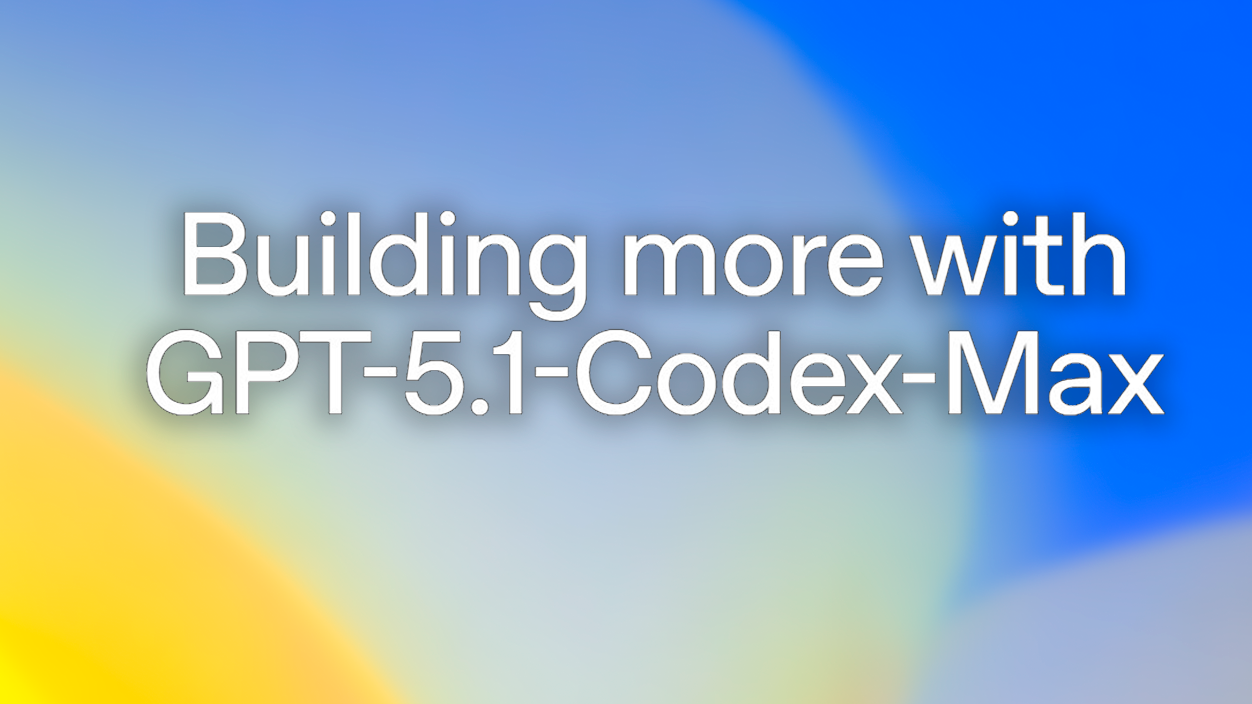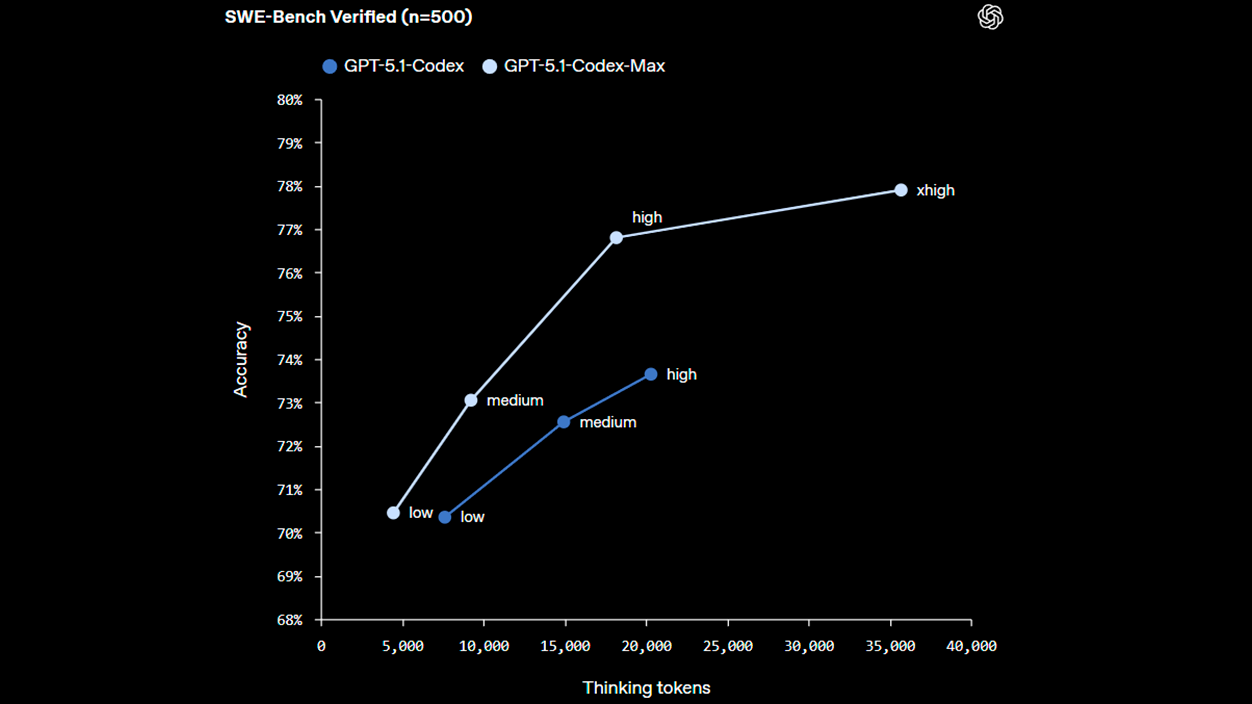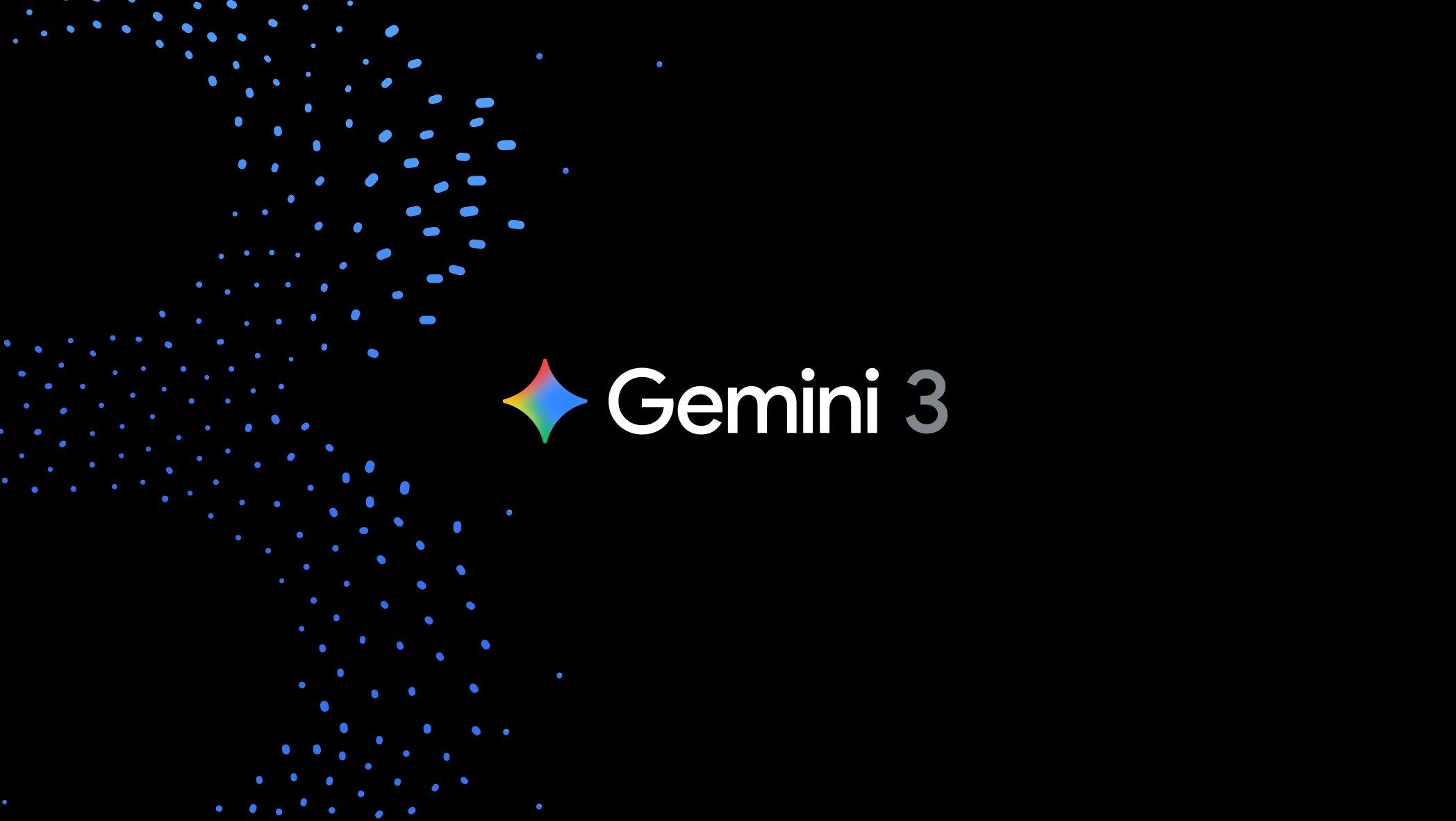- New model specialized in programming with compaction for long sessions without losing coherence.
- Measurable improvements in benchmarks (SWE-Bench, SWE-Lancer, Terminal-Bench) and use of fewer tokens.
- Available for Plus, Pro, Business, Edu and Enterprise; integration with Codex tools; public API planned.
- Isolated environment without network by default, with security and monitoring controls.

OpenAI has introduced GPT-5.1-Codex-Max, new model of artificial intelligence oriented towards software development that comes with the promise to stay the course in long-term projects without losing contextIn practice, we are talking about a evolution of Codex capable of sustaining complex tasks for hours, with improvements in efficiency and speed which are noticeable in real workflows.
The big novelty lies in its ability to reason in a sustained manner thanks to a memory management technique called compactionThis approach allows the context window to be saturated before it becomes overloaded. The system identifies redundancies, summarizes the accessory, and retains the essential.thus avoiding the typical oversights that stall long-term tasks.
What is GPT-5.1-Codex-Max?

In this specific model for programming optimized for extended software engineering tasksFrom code review to generating pull requests and supporting frontend development. Unlike previous generations, it is trained to maintain consistency during long workdays and in repositories of considerable size.
OpenAI places GPT-5.1-Codex-Max one step above Codex by allowing continuous flows of 24 hours or more without degrading resultsFor those building products, this means fewer interruptions due to context boundaries and less time wasted re-explaining tasks in successive iterations.
Technical innovations and the compaction technique
The key is in the history compactionThe model identifies which parts of the context are literally dispensable, summarizes them, and retains critical references to continue with the task without overwhelming memory. This mechanism is also referred to as "compression" in some materials, but it describes the same process of intelligently filtering the context.
With this foundation, GPT-5.1-Codex-Max can continue iterating over the code, fix errors and refactor Entire modules can be run without the context window becoming a bottleneck. In intensive use cases, it also reduces the number of tokens required for processing, impacting both cost and latency.
The model incorporates a mode of “Extra high” reasoning For difficult problems, with the aim of delving deeper into analysis when the task requires it, while maintaining consistency of output in processes with many steps and dependencies.
Performance and benchmarks: what the numbers say

In internal evaluations focused on programming, GPT-5.1-Codex-Max is an improvement over its predecessor on different fronts, with higher success rates and greater token efficiencyThese results, reported by OpenAI, They reflect tests on real-world engineering tasks and batteries such as SWE-Bench Verified, SWE-Lancer IC SWE, and Terminal-Bench 2.0.
Among the shared data, the model reaches approximately 77,9% on SWE-Bench Verified (compared to 73,7% of GPT-5.1-Codex), registers 79,9% in SWE-Lancer IC SWE and achieve 58,1% in Terminal-Bench 2.0Furthermore, in prolonged contexts, speed increases of 27% to 42% have been measured in typical tasks compared to Codex, according to the same sources.
In comparisons published with other models, such as Gemini 3 ProOpenAI is aiming for a slight advantage in several coding benchmarks, and including parity in competitive tests like LiveCodeBench ProIt is important to bear in mind that these figures come from internal measurements and may vary in production environments.
Integrations, tools and availability in Spain and Europe
GPT-5.1-Codex-Max is now operational on surfaces based on CodexThe official CLI, IDE extensions, and code review services of OpenAI ecosystemThe company indicates that public API access will arrive in a later phase, allowing teams to begin testing it today. native tools while they prepare customized integrations.
Regarding commercial availability, the plans ChatGPT Plus, Pro, Business, Edu and Enterprise They include the new model from its launch. Users and organizations in Spain and the rest of the world European Union With these subscriptions, you can activate it in your flows, without the need for additional deployments, as long as you use Codex's compatible surfaces.
OpenAI also notes that the model is optimized to work in Windows environments, expanding the scope beyond Unix and facilitating its adoption in companies with mixed development parks and standardized corporate tools.
Operational safety and risk controls
To reduce risk in long executions, the model operates in a isolated workspacewithout permission to write outside its default scope. Furthermore, network connectivity is disabled unless explicitly enabled by the responsible developer, reinforcing the privacy.
The environment incorporates mechanisms of monitoring that detect anomalous activity and interrupt processes if misuse is suspected. This configuration seeks to balance agent autonomy with reasonable safeguards for teams managing sensitive code or critical repositories.
Use cases where it contributes the most

The main advantage appears in jobs that require persistent memory and continuity: Extensive refactoring, debugging that requires prolonged monitoring, continuous code reviews, and automation of pull requests in large repositoriesIn these tasks, compaction reduces the "wear and tear" of the context and maintains coherence.
For startups and technical teams, Delegating these processes to a stable model allows for greater focus on product prioritiesto accelerate deliveries and reduce errors resulting from fatigue or manual repetition. All of this, with a more streamlined token consumption than in previous versions.
- Multi-module projects where continuity between sessions is crucial.
- Assisted CI/CD with checks and corrections that advance in the background.
- Frontend support and cross-context reviews in complex user stories.
- Failure analysis and debugging long lasting without re-explaining the case every few hours.
Differences compared to Codex and other models

The major difference from the classic Codex lies not only in the raw power, but also in the effective context management In the long term. Codex excelled at specific tasks; Codex-Max is designed for sustained processes, where the model acts as a collaborator that doesn't lose track as the hours go by.
Comparisons with alternatives such as Gemini 3 Pro They lean in favor of GPT-5.1-Codex-Max in several coding tests According to the data released, although The prudent thing to do is to validate these results in our own environments and with real workloads. before standardizing it in an organization's pipeline.
Anyone needing a code-driven AI that can withstand technical marathons without tiring will find in GPT-5.1-Codex-Max an option specifically geared towards continuity, security by default, and token efficiency; a set of qualities that, in teams in Spain and Europe with demanding rhythms, can translate into faster deliveries and finer code maintenance.
I am a technology enthusiast who has turned his "geek" interests into a profession. I have spent more than 10 years of my life using cutting-edge technology and tinkering with all kinds of programs out of pure curiosity. Now I have specialized in computer technology and video games. This is because for more than 5 years I have been writing for various websites on technology and video games, creating articles that seek to give you the information you need in a language that is understandable to everyone.
If you have any questions, my knowledge ranges from everything related to the Windows operating system as well as Android for mobile phones. And my commitment is to you, I am always willing to spend a few minutes and help you resolve any questions you may have in this internet world.
